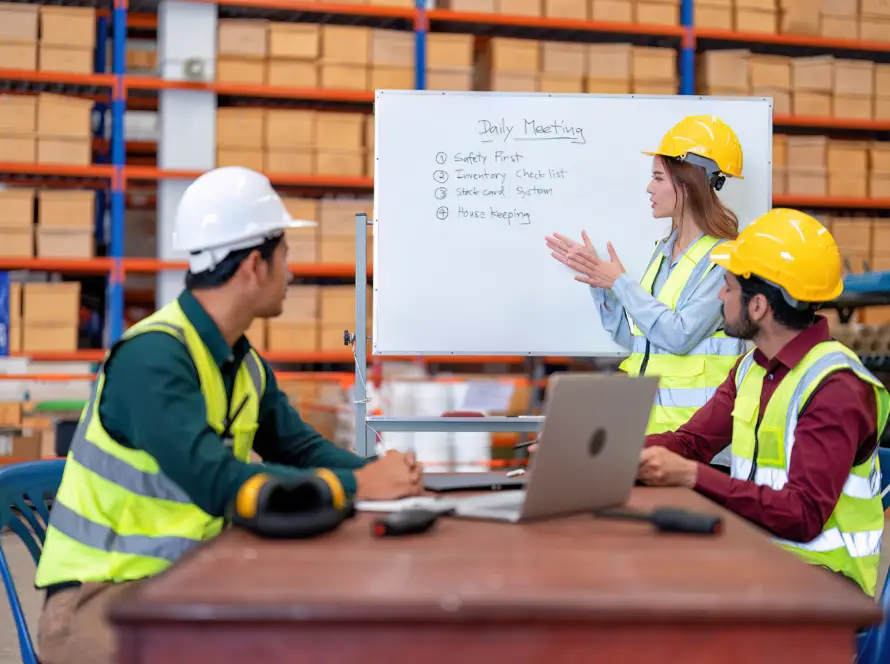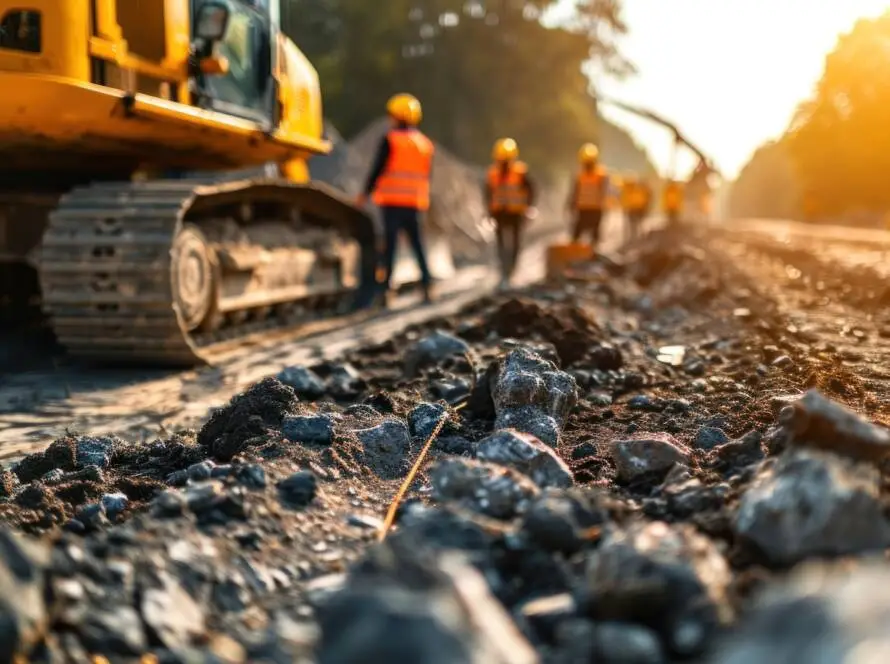Forklifts are indispensable in many workplaces, but they also pose significant dangers. The tasks of lifting, stacking, and transferring loads can result in serious injuries or fatalities. For operators and safety managers, understanding the risks and promoting safe practices around forklifts is crucial. In this article, we will explore the hazards associated with forklifts and discuss key strategies to enhance safety, including the use of forklift pedestrian detection systems.
Understanding Forklift Hazards
Forklifts are a leading cause of workplace injuries and fatalities involving vehicles. These machines are highly mobile and can weigh over 5 tonnes, including their load. This makes them particularly dangerous in the event of a collision. Common incidents include personnel being struck by forklifts or being injured by collapsing loads. Even at low speeds, forklifts need several meters to stop, and this can still cause significant harm. The frequent operation of forklifts near pedestrians further increases the risk of accidents.
Strategies to Minimise Forklift Risks
Creating a culture of safety is a collective responsibility. However, businesses can take specific actions to minimise the risk of forklift-related collisions:
- Forklift Traffic Management Plan: Developing a comprehensive traffic management plan (TMP) is essential. According to Work Safe Vic, TMPs involve identifying hazards and implementing engineering controls to mitigate them. This can include mapping out safe travel routes, restricting forklift operation in pedestrian-heavy areas, and using alternative load lifting devices where possible.
- Education and Training: Conducting mandatory site inductions for visitors and new hires can reinforce the TMP. This is especially important in high-traffic areas like loading docks. Ongoing training on safe forklift operation, including speed limits and safe loading and unloading practices, should also be provided.
- Regular Forklift Maintenance: Routine maintenance is crucial to ensure forklifts operate safely. Over time, engines, steering mechanisms, brakes, and hydraulic systems can wear out. Regular servicing of these components reduces the risk of catastrophic failures. Additionally, operators should perform pre-start safety inspections to check for issues with loading arms, warning systems, and attachment security.
Addressing Human Error with Technology
While the above measures are vital, they leave room for human error. To further enhance safety, the integration of advanced technologies is recommended:
- Forklift Pedestrian Detection Systems (PDS): In complex workplaces where forklifts and personnel operate in close proximity, Pedestrian Detection Systems can be lifesaving. PDS, such as Proxicam, use artificial intelligence to detect humans and maintain a safe distance between forklifts and pedestrians. These systems do not rely on RFID wearables; instead, they employ smart cameras trained to recognise humans. When someone enters a predefined exclusion zone, the system immediately alerts the forklift operator with visual or audible warnings.
Additional Safety Innovations For Forklifts
To further bolster forklift safety, consider incorporating the following practices and technologies:
- Automated Safety Solutions: Leveraging automation for traffic management and forklift operation can reduce human error. Automated forklifts and traffic control systems can enhance precision and safety.
- Enhanced Safety Protocols: Implementing stricter safety protocols, such as mandatory rest periods for operators and fatigue monitoring systems, can prevent incidents caused by operator fatigue.
Forklifts are essential tools in many industries, but their potential for causing harm cannot be underestimated. By implementing robust safety measures, including traffic management plans, comprehensive training programs, regular maintenance, and advanced technologies like Pedestrian Detection Systems, businesses can significantly reduce the risk of forklift-related accidents. Embracing additional safety innovations will further protect workers and create safer, more efficient workplaces.



